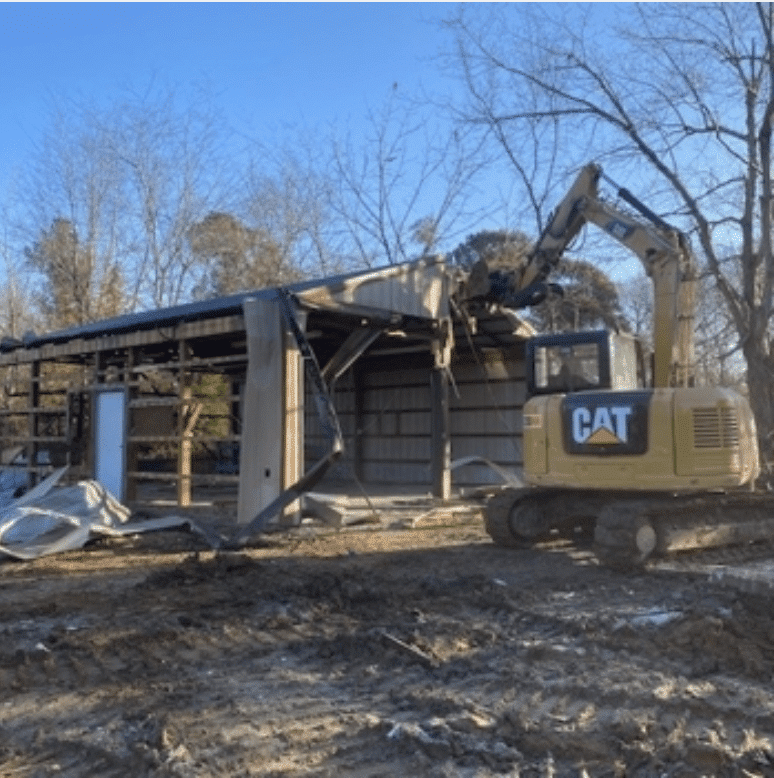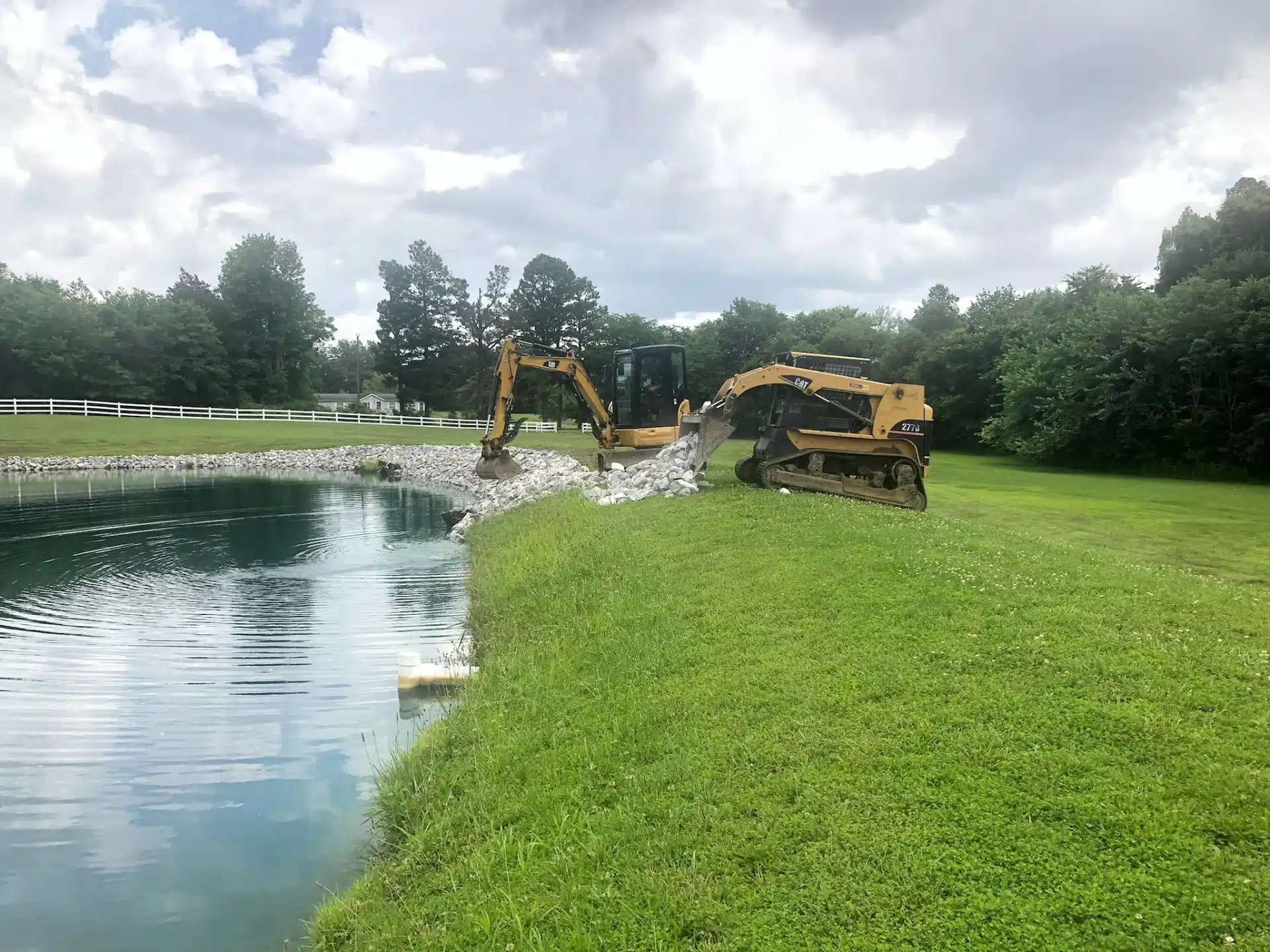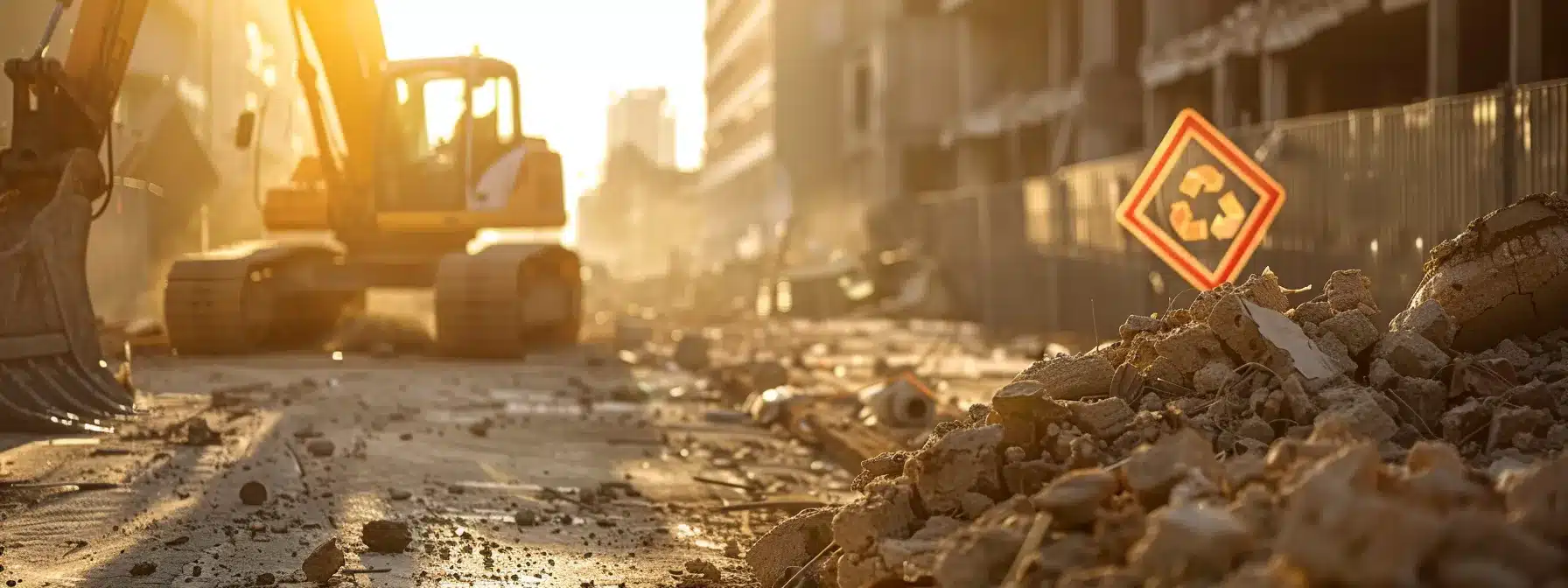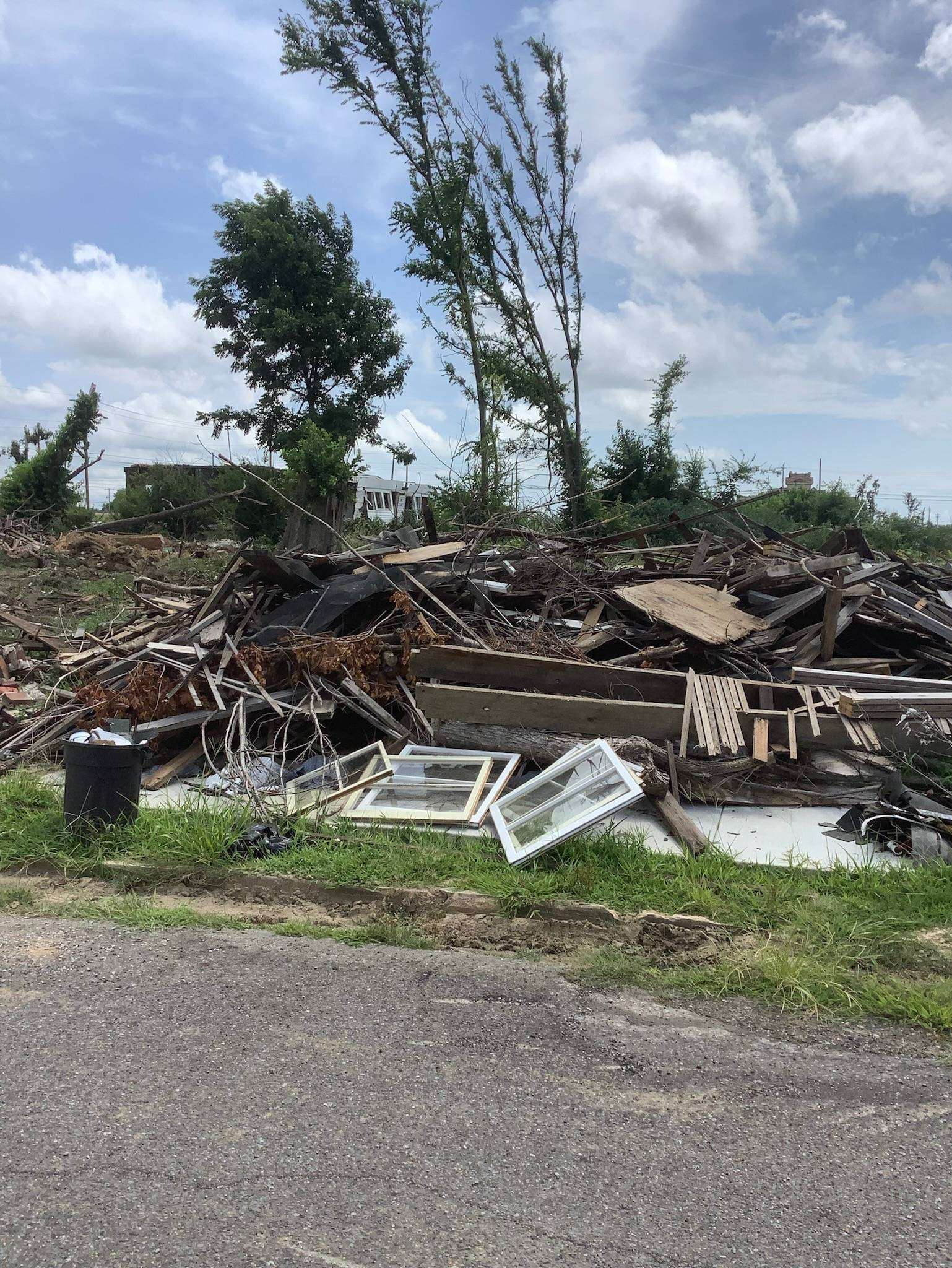Coastal erosion is a natural process that can have detrimental effects on coastal communities and ecosystems. In this article, we will explore what coastal erosion control is and why it is a major concern. We will discuss the various causes of coastal erosion and the methods that can be used to mitigate its impacts. We will examine the pros and cons of coastal erosion control, as well as ways in which individuals can contribute to these efforts. We will delve into the role of government in coastal erosion control through laws, regulations, and funding for projects. Join us as we uncover the importance of coastal erosion control and how we can all play a part in preserving our coastlines.
Main Points and Key Highlights:
- Coastal erosion control is essential to protect coastlines from natural forces and human activities.
- The main causes of coastal erosion are sea level rise, storms, and human interference.
- Effective methods for coastal erosion control include hard stabilization, soft stabilization, beach nourishment, and dune restoration.
What Is Coastal Erosion Control?
Coastal erosion control refers to the various strategies and methods implemented to mitigate the detrimental effects of erosion along coastlines.
Protecting coastal areas is crucial not just for preserving natural beauty but also for safeguarding against potential economic losses and threats to coastal communities. Coastal erosion can result in land loss, habitat destruction, and increased vulnerability to storm surges and flooding. Combating erosion requires a multi-faceted approach including
- beach nourishment
- hard armoring
- vegetation restoration
strategies. Each method offers unique benefits and challenges, emphasizing the necessity for tailored solutions based on specific coastal conditions and environmental factors. By implementing effective erosion control measures, we can ensure the long-term sustainability of our coastal regions.
Why Is Coastal Erosion a Concern?
Coastal erosion is a pressing concern due to its impact on coastal habitats, communities, and infrastructure, exacerbated by factors such as sea level rise, storm surges, and the degradation of coastal wetlands.
Coastal erosion significantly alters the coastline, leading to the loss of valuable habitats like mangroves and coral reefs, disrupting the delicate balance of marine ecosystems.
With human settlements often located near coastlines, erosion puts communities at risk of displacement and property damage, threatening livelihoods and cultural heritage.
As sea levels continue to rise due to climate change, the rate of erosion accelerates, intensifying the vulnerability of coastal regions to storm surges and flooding events.
What Are the Causes of Coastal Erosion?
Coastal erosion can be attributed to a variety of causes, including natural processes, human activities, and the effectiveness of structural and non-structural solutions in combating erosion.
In the realm of natural causes, factors such as wave energy, currents, tides, and storms play a defining role in shaping coastal erosion dynamics. On the other hand, anthropogenic factors, like improper land use, construction near shorelines, and climate change-induced sea level rise, significantly exacerbate erosion rates.
Understanding the distinction between these factors is crucial in developing comprehensive strategies to address coastal erosion challenges.
What Are the Methods of Coastal Erosion Control?
Various methods are employed for coastal erosion control, including the construction of seawalls, breakwaters, beach nourishment projects, and dune stabilization efforts.
Seawalls, for instance, are solid structures typically made of concrete or rock, built parallel to the shoreline to protect coastal properties from wave action and erosion. These barriers absorb and deflect the force of incoming waves, reducing their impact on the land.
Breakwaters, on the other hand, are partially submerged barriers constructed offshore to break the force of waves before they hit the shore, helping to lessen erosion.
Beach nourishment projects involve adding sand or sediment to eroded beaches to widen the shoreline and enhance natural coastal protection.
Dune stabilization techniques involve planting vegetation or constructing fences or barriers to stabilize and strengthen sand dunes, which act as a natural buffer against erosion.
Hard Stabilization Methods
Hard stabilization methods, such as seawalls, breakwaters, and the use of geotextiles, involve the construction of physical structures to protect coastal areas from erosion.
Seawalls act as a barrier between the shoreline and the sea, absorbing and reflecting wave energy to prevent erosion. Breakwaters, on the other hand, are offshore structures designed to break up incoming waves, reducing their energy before reaching the shore. Geotextiles play a vital role in enhancing the structural stability of these coastal defenses. These synthetic materials are often used as reinforcements for soil or as filters to control erosion, providing additional support to the hard stabilization structures.
Soft Stabilization Methods
Soft stabilization methods, such as beach nourishment, the placement of sandbags, and the use of geotubes, focus on replenishing coastal sediments and enhancing natural defenses against erosion.
These methods are crucial in not only protecting coastlines from erosion but also in maintaining the delicate balance of coastal ecosystems.
Beach nourishment involves adding sand or sediment to eroded beaches, thus increasing their width and height to act as a barrier against wave action. Sandbags and geotubes, on the other hand, provide temporary stabilization by absorbing wave energy and reducing the impact of currents on vulnerable areas.
Beach Nourishment
Beach nourishment involves the replenishment of sand along eroded shorelines to enhance coastal resilience and provide effective erosion control, often utilizing geotextiles to stabilize the newly deposited sediments.
During the process, sand is typically dredged from offshore sources or quarries and pumped onto the eroded beach areas, expanding the available sandy area and increasing the natural protection against wave impact and coastal storm events. This method not only helps to widen the beaches, providing more recreational space for visitors and wildlife habitats, but also plays a crucial role in protecting coastal infrastructure, such as buildings, roads, and utilities, from the damaging effects of erosion.
Dune Restoration
Dune restoration initiatives involve stabilizing existing dunes, planting vegetation to enhance natural defenses, and preserving critical habitats along coastlines to mitigate erosion and promote ecological resilience.
These projects play a vital role in not only safeguarding the coastal landscape but also in protecting local wildlife habitats from the harmful effects of erosion. Vegetation such as beach grasses and dune plants are crucial components in dune stabilization, as their roots act as anchors, preventing sand from being washed away by wind or water. By establishing a healthy ecosystem within these coastal areas, dune restoration projects contribute significantly to the long-term sustainability of the shoreline and the overall health of coastal ecosystems.
What Are the Pros and Cons of Coastal Erosion Control?
The implementation of coastal erosion control measures offers numerous benefits, such as safeguarding beachfront properties and protecting coastal infrastructure, but it also presents challenges, such as the maintenance costs associated with seawall repairs.
Coastal erosion control plays a vital role in preserving the natural beauty of coastal regions and aiding in the maintenance of coastal ecosystems. By managing erosion, the stability of shorelines is enhanced, reducing the risk of land loss and property damage from erosion-induced hazards.
Protecting beachfront properties through erosion control measures contributes to the local economy by maintaining tourism appeal and property values. The presence of well-maintained beaches not only attracts visitors but also provides recreational opportunities for residents and tourists.
Pros of Coastal Erosion Control
The pros of coastal erosion control, as identified by the U.S. Geological Survey, include the preservation of coastal wetlands, reduction of storm damage, and protection of vital ecosystems from erosion-related threats.
Coastal wetlands are crucial habitats for numerous species of plants and animals, serving as nurseries for marine life and acting as natural barriers against coastal erosion and flooding. By implementing erosion control measures, such as building seawalls, planting vegetation, and restoring dunes, we not only safeguard these delicate ecosystems but also help in maintaining biodiversity.
Coastal erosion control plays a pivotal role in mitigating storm damage by fortifying shorelines and preventing the loss of valuable property and infrastructure. This proactive approach not only safeguards human settlements from the ravages of storms but also fosters sustainable development along coastlines, promoting economic growth and resilience.
Cons of Coastal Erosion Control
Despite its advantages, coastal erosion control measures can face challenges, such as conflicting interests with Florida residents, the debate between structural and non-structural solutions, and the potential impacts on natural habitats.
While structural solutions like seawalls and groins provide immediate protection to coastal properties, they can lead to increased erosion in adjacent areas, disrupting natural sediment flow.
On the other hand, non-structural methods like beach nourishment and dune restoration promote natural coastline dynamics but may require ongoing maintenance and investment.
These diverging viewpoints often create tension between policymakers, scientists, and local communities when determining the most effective strategy to manage coastal erosion.
How Can Individuals Help with Coastal Erosion Control?
Individuals play a crucial role in coastal erosion control by planting coastal vegetation, ensuring proper waste disposal to prevent pollution, and supporting community initiatives for shoreline protection.
By planting and nurturing coastal vegetation such as mangroves and beach grasses, individuals can stabilize the soil, reduce the impact of waves, and provide habitats for important wildlife species. This vegetation acts as a natural barrier, helping to prevent erosion and mitigate the effects of storm surges.
Advocating for responsible waste management practices, including recycling, reducing single-use plastics, and participating in beach clean-ups, helps in reducing the amount of debris that can harm coastal ecosystems and exacerbate erosion. Such efforts also contribute to maintaining the beauty and health of the coastal environment.
Reduce Carbon Footprint
Reducing carbon footprint is an effective way for individuals to combat coastal erosion, as it helps mitigate climate change impacts, preserves natural habitats, and supports the use of sustainable solutions like geotubes for erosion control.
Coastal erosion, a pressing issue affecting shorelines worldwide, is intricately linked to the broader phenomenon of climate change. Rising sea levels and increasing storm intensity, attributed to the warming planet, exacerbate erosion processes, posing risks to coastal communities and biodiversity.
By reducing carbon footprint, individuals contribute to a collective effort to address these challenges and protect delicate ecosystems along coastlines. Preservation of natural habitats, such as mangroves and coral reefs, relies on sustainable practices and proactive measures like strategic placement of geotubes to manage erosion effectively.
Plant Vegetation
Planting vegetation along coastlines aids in dune stabilization, prevents erosion, and fosters biodiversity, as exemplified by the efforts of the Riverfront Homeowner in advocating for sustainable shoreline practices.
Not only does the vegetation act as a natural barrier against powerful ocean currents, but it also helps in trapping wind-blown sand, gradually building up the dunes’ structure. This stabilization is crucial in protecting coastal properties from the erosive forces of waves and storms.
The presence of a diverse array of plant species in these areas enhances ecosystem resilience and promotes a healthy balance of wildlife. By engaging in such environmental conservation actions, communities like Riverfront Homeowner set a positive example for others, encouraging collective efforts in preserving our fragile shorelines.
Proper Waste Disposal
Proper waste disposal practices are essential in preventing coastal erosion, reducing pollution, and supporting the implementation of innovative solutions like geotextiles for erosion management, as advocated by the Center for American Progress.
Coastal erosion is a natural process, but human activities can exacerbate it significantly. By disposing of waste properly, erosion prevention measures can be enhanced, safeguarding coastlines and ecosystems. Improper waste disposal not only contributes to erosion but also leads to pollution of marine environments, threatening aquatic life and ecosystems. Geotextiles, as innovative materials, play a crucial role in creating durable erosion control structures, providing effective solutions that can mitigate coastal erosion. Organizations like the Center for American Progress promote sustainable coastal practices to address these challenges and safeguard coastal areas for future generations.
What Are the Government’s Role in Coastal Erosion Control?
The government plays a pivotal role in coastal erosion control through the implementation of laws, regulations, and funding support for erosion management projects, overseen by agencies such as the U.S. Army Corps of Engineers and the NOAA Office of Ocean and Coastal Resource Management.
Coastal erosion is a natural process affected by various factors such as wave action, storms, and human activities. To combat these issues, the government establishes coastal protection programs that focus on shoreline stabilization, beach nourishment, and dune restoration.
Regulations set by these agencies ensure that coastal development and infrastructure projects adhere to guidelines that minimize erosion impacts. Funding mechanisms like grants, loans, and partnerships facilitate the implementation of erosion control projects, aiming to protect coastal communities and ecosystems from the threats of erosion and sea-level rise.
Laws and Regulations
Laws and regulations governing coastal erosion are enforced by agencies like the Fish and Wildlife Service and the National Marine Fisheries Service to protect critical habitats, endangered species, and fisheries from the impacts of erosion.
These agencies play a crucial role in monitoring and managing coastal areas, ensuring that development projects adhere to environmental protection guidelines. Coastal erosion regulations aim to strike a balance between human activities and the preservation of natural ecosystems. The coastal erosion management framework often involves a combination of strategies, including beach nourishment, dune restoration, and setback requirements to safeguard coastal properties and habitats. Through their efforts, these agencies contribute to the long-term sustainability of coastal environments and the diverse marine life they support.
Funding for Projects
Funding support for coastal erosion projects is essential to address the challenges posed by sea level rise, storm surges, and erosion threats, as championed by organizations like StormSmartCoasts in promoting resilient coastal communities.
Coastal erosion not only affects the aesthetic value of our shorelines but also poses a significant risk to communities, infrastructure, and valuable ecosystems. Through strategic financial backing, initiatives aimed at mitigating erosion can be implemented, bolstering the resilience of coastal areas against future environmental hazards.
By allocating adequate funds to erosion control projects, decision-makers play a vital role in reducing the vulnerabilities associated with sea level rise and storm surge impacts. This proactive approach not only safeguards coastal communities but also fosters sustainable development while preserving the natural beauty of coastal regions.
Frequently Asked Questions
What is coastal erosion control?
Coastal erosion control refers to the techniques and strategies used to prevent or reduce the loss of land and damage to infrastructure caused by natural processes such as wind, waves, and tides.
What are the main causes of coastal erosion?
Coastal erosion is primarily caused by the natural processes of wave action, currents, and tides. However, human activities such as construction and development, dredging, and climate change can also contribute to erosion.
How does coastal erosion impact the environment?
Coastal erosion can have a significant impact on the environment, as it can lead to the loss of habitats for plants and animals, changes in water quality, and damage to ecosystems. It can also result in the loss of valuable coastal land and properties.
What are the different methods of coastal erosion control?
There are several methods of coastal erosion control, including beach nourishment (adding sand or sediment to beaches), building seawalls or revetments, installing breakwaters or groynes, and planting vegetation to stabilize shorelines.
Is coastal erosion control a long-term solution?
While coastal erosion control measures can help to mitigate the effects of erosion in the short term, they are not always a long-term solution. The natural processes of erosion can still occur, and maintenance and potential upgrades may be necessary to sustain the effectiveness of these measures.
How can I help with coastal erosion control?
Individuals can help with coastal erosion control by reducing their impact on the coast through responsible development and recreational activities. Supporting and promoting sustainable coastal management practices can also contribute to long-term erosion control efforts.













